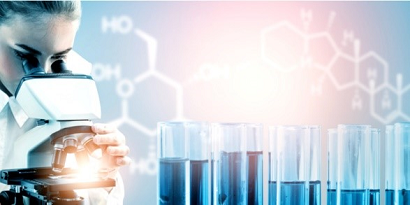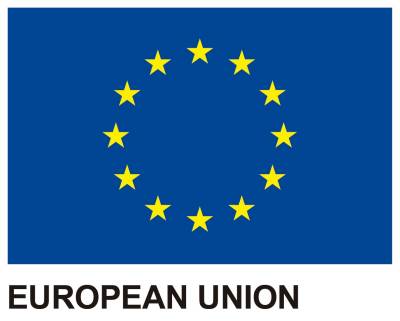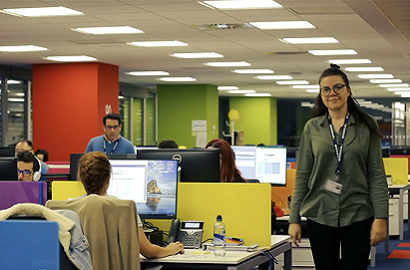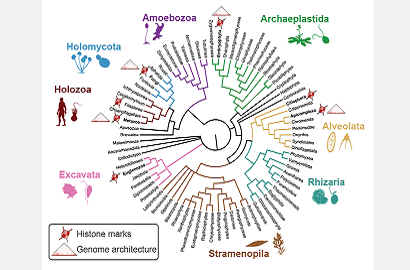Lilly strengthens its commitment to its R&D center in Alcobendas

With an annual investment of 52 million euros, it is the main focus of pharmaceutical research in Spain
Lilly's R&D activity in Spain has completed 35 years with the pharmaceutical company's explicit commitment to maintain its research center (which has two laboratories) in Alcobendas, in the Madrid region. Since basic and preclinical research work began in 1984 with the recruitment of a team of six researchers, investment has grown and the results have been more than satisfactory.
The Spanish subsidiary is the only one outside the United States in which the group operates across the whole value chain, from R&D for new medicines to production and marketing. Thanks to the excellent work of the small team of pharmacists, chemists and biologists, in 2002 Lilly decided to enhance its work with the creation of its R&D center in Alcobendas, where it has its headquarters. Its opening acted as a magnet to attract back to the country Spanish scientists who were working abroad.
Second laboratory
The first center, called Medical and Organic Chemistry Research, has been working since then to discover new medicines in the fields of endocrinology (obesity and type-2 diabetes), oncology and neuroscience (depression, psychotic disorders, Alzheimer's, Parkinson's and pain).
The innovations that have emerged from these facilities have boosted the multinational's confidence. In 2009 it opened a new center, the Biochemical and Cellular Biology Laboratory, focused on the analysis and testing of molecules for a variety of therapeutic targets. The small team of six scientists has now grown to a hundred researchers.
High level of talent
The R&D center in Alcobendas, with its two laboratories, is coordinated with the company's other centers in a total of eight countries. According to the press release issued on the 35th anniversary of its R&D activity in Spain, Lilly noted that "advanced technology, the extension of the facilities, investment and the high level of talent of the Spanish team" make these facilities the most important outside the United States "and among the most important private facilities in Spain".
Nabil Daoud, President of Lilly Spain, Portugal and Greece, agrees with this idea. He explains that the annual investment of 52 million euros for research and development makes the Alcobendas center "the leading pharmaceutical research location in the country." Moreover, "this investment has over the years produced some wonderful successes in oncology, endocrinology and neuroscience." And it has done so by creating "highly qualified jobs, that include the possibility of professional development for a career in science and research in Spain," he adds.
Development of new molecules
Among these successes mentioned by Daoud is participation in the development of thousands of molecules, and in particular the essential contribution made with the abemaciclib molecule. As Juan Velasco, director of the R&D center of Lilly Spain, explains, "research to find new medicines is a tough task. We are very proud that Lilly has committed itself to Spain, where it engages in the most important work of an innovative pharmaceutical company. And now, we are particularly satisfied that we have contributed to the discovery of a molecule in which our researchers have participated with an essential role. Few scientists are going to be able to experience this in their professional lifetimes."
Following on from its stable investment line of recent years, in 2018 Lilly allocated over 52.4 million euros to R&D activity in Spain, 14.71% of the total sales of the Spanish subsidiary. The team of the two Alcobendas laboratories is working in collaboration with academic centers such as the Spanish National Center for Cancer Research (CNIO) and some universities.




